Why Put Camera On Tripod In Forensics ?
A camera on a tripod is often used in forensics to ensure that the photographs taken at a crime scene are clear, accurate, and consistent. By using a tripod, the camera is stabilized, which reduces the risk of blurry or distorted images. This is especially important when taking close-up shots of evidence, such as fingerprints or tire tracks, where even the slightest movement can affect the clarity of the image. Additionally, using a tripod allows the photographer to adjust the height and angle of the camera precisely, which can be crucial in capturing all relevant details of the scene. Finally, using a tripod ensures that the camera is always in the same position, which can be helpful when comparing images taken at different times or by different photographers. Overall, using a tripod is an essential tool in forensic photography, as it helps to ensure that the images captured are accurate and reliable.
1、 Stability and Consistency in Image Capture
The primary reason for putting a camera on a tripod in forensics is to ensure stability and consistency in image capture. When capturing images of a crime scene or evidence, it is crucial to have clear and accurate images that can be used as evidence in court. A tripod provides stability to the camera, reducing the risk of blurry or distorted images due to camera shake or movement.
Moreover, a tripod allows the photographer to adjust the height and angle of the camera precisely, ensuring that all critical details are captured. This is especially important when capturing images of small or intricate pieces of evidence, such as fingerprints or tool marks.
In recent years, there has been a growing trend towards the use of 3D imaging technology in forensic investigations. However, even with this technology, the importance of stability and consistency in image capture remains paramount. In fact, some experts argue that the use of a tripod is even more critical in 3D imaging, as any movement or shake can result in inaccurate or incomplete data.
In conclusion, the use of a tripod in forensics is essential for ensuring stability and consistency in image capture. Whether using traditional photography or 3D imaging technology, a tripod provides a reliable and accurate way to capture critical evidence that can be used in court.

2、 Accurate Measurement and Comparison of Evidence
In forensics, accurate measurement and comparison of evidence is crucial for the successful investigation and prosecution of crimes. One of the tools used to achieve this accuracy is a camera on a tripod. The tripod provides stability and eliminates any potential for camera movement, which can distort the evidence and compromise its accuracy.
Additionally, a camera on a tripod allows for consistent and repeatable documentation of the evidence. This is important because it allows for comparison of evidence over time, as well as comparison of evidence between different cases. With consistent documentation, investigators can more easily identify patterns and connections between different pieces of evidence.
Furthermore, the use of a camera on a tripod can also aid in the analysis of evidence. With high-quality, detailed photographs, forensic experts can zoom in on specific areas of interest and make more accurate observations and measurements. This can be especially important in cases where the evidence is small or difficult to see with the naked eye.
In recent years, there has been a growing trend towards the use of 3D imaging technology in forensics. While this technology can provide highly detailed and accurate images, it is still important to use a camera on a tripod for certain types of evidence. For example, in cases where the evidence is three-dimensional or has a complex shape, a camera on a tripod can provide a more accurate representation of the evidence than a 3D image.
In conclusion, the use of a camera on a tripod in forensics is essential for accurate measurement and comparison of evidence. It provides stability, consistency, and aids in the analysis of evidence. While new technologies such as 3D imaging are becoming more prevalent, the use of a camera on a tripod remains an important tool in the forensic investigator's arsenal.

3、 Reduction of Human Error and Bias
One of the primary reasons for putting a camera on a tripod in forensics is to reduce human error and bias. When a camera is handheld, there is a higher likelihood of the camera moving or shaking, which can result in blurry or distorted images. This can make it difficult to accurately capture and analyze evidence, potentially leading to errors in the investigation.
By using a tripod, the camera is stabilized and held in a fixed position, reducing the risk of movement and ensuring that the images captured are clear and accurate. This is particularly important in forensic investigations, where even small details can be critical to the outcome of a case.
In addition to reducing human error, using a tripod can also help to reduce bias in the investigation. When a camera is handheld, the angle and perspective of the shot can be influenced by the photographer's position and movements. This can lead to unintentional bias in the images captured, potentially skewing the interpretation of the evidence.
By using a tripod, the camera is held in a fixed position, reducing the risk of unintentional bias and ensuring that the images captured are objective and unbiased. This is particularly important in forensic investigations, where objectivity and accuracy are essential.
Overall, using a tripod in forensics is an important tool for reducing human error and bias, ensuring that evidence is accurately captured and analyzed. As technology continues to evolve, new tools and techniques may emerge to further enhance the accuracy and objectivity of forensic investigations.
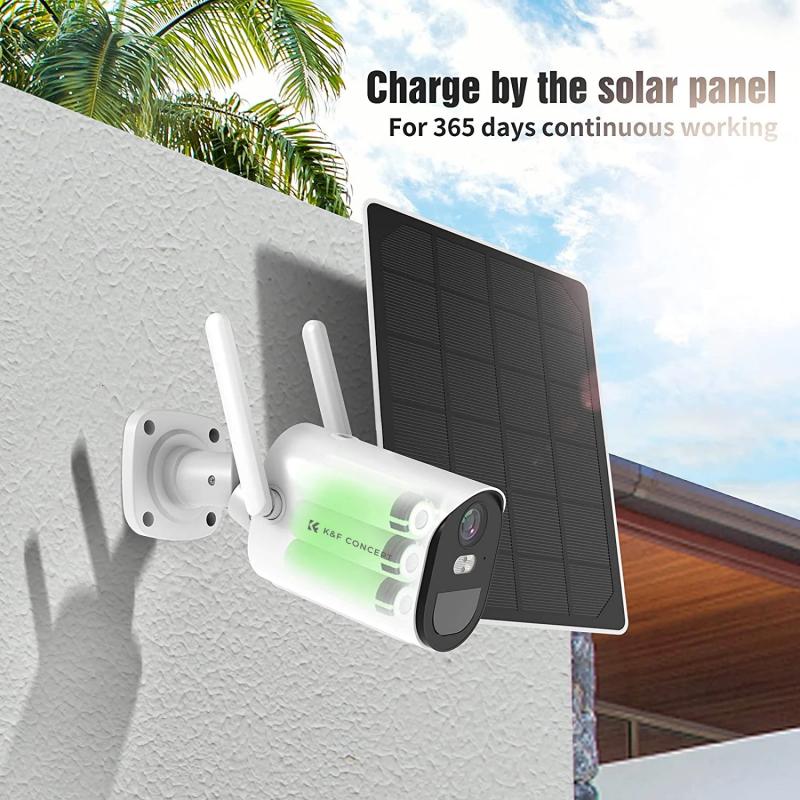
4、 Preservation of Chain of Custody
One of the main reasons to put a camera on a tripod in forensics is to preserve the chain of custody. The chain of custody refers to the chronological documentation or paper trail that records the sequence of custody, control, transfer, analysis, and disposition of physical or electronic evidence. In forensic investigations, the chain of custody is critical to ensure the integrity and admissibility of evidence in court.
By using a tripod, forensic investigators can ensure that the camera remains stationary and does not move during the documentation process. This helps to maintain the accuracy and consistency of the photographic evidence, which is essential for establishing the chain of custody. Additionally, using a tripod can help to reduce the risk of contamination or damage to the evidence, as the camera can be positioned at a safe distance from the scene.
Moreover, the latest point of view in forensic investigations is to use digital cameras and software to capture and analyze evidence. Digital cameras offer several advantages over traditional film cameras, including the ability to capture high-resolution images, adjust exposure settings, and store images electronically. Digital cameras also allow forensic investigators to use specialized software to enhance and analyze images, which can help to identify and interpret evidence more accurately.
In conclusion, using a camera on a tripod in forensics is essential for preserving the chain of custody and ensuring the accuracy and integrity of photographic evidence. With the latest advancements in digital photography and software, forensic investigators can capture and analyze evidence more effectively than ever before.







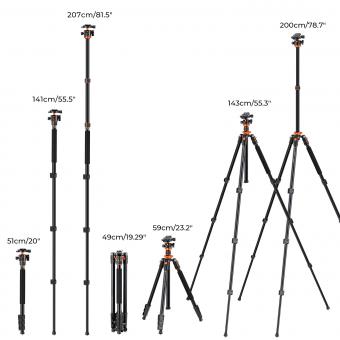
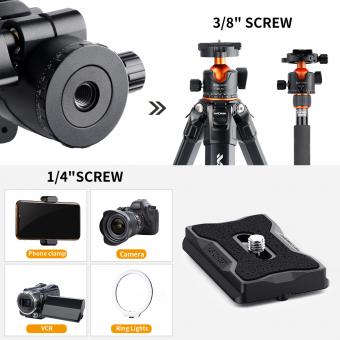

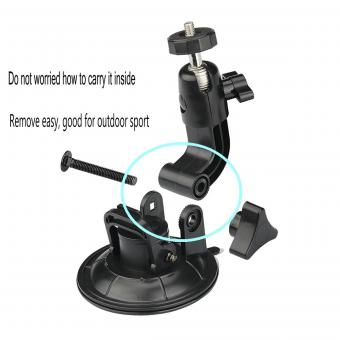
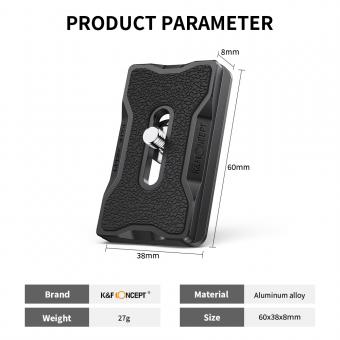
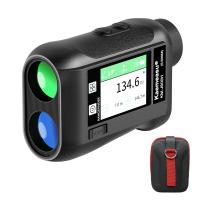
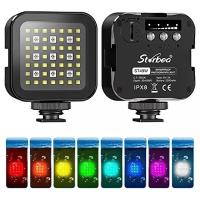


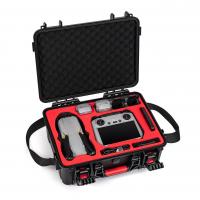

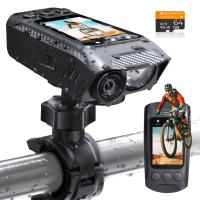






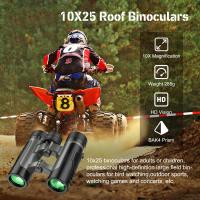

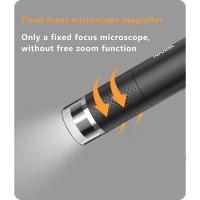
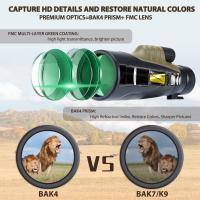

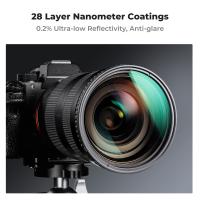
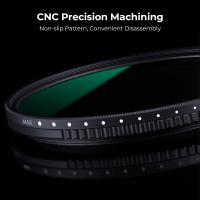
There are no comments for this blog.